
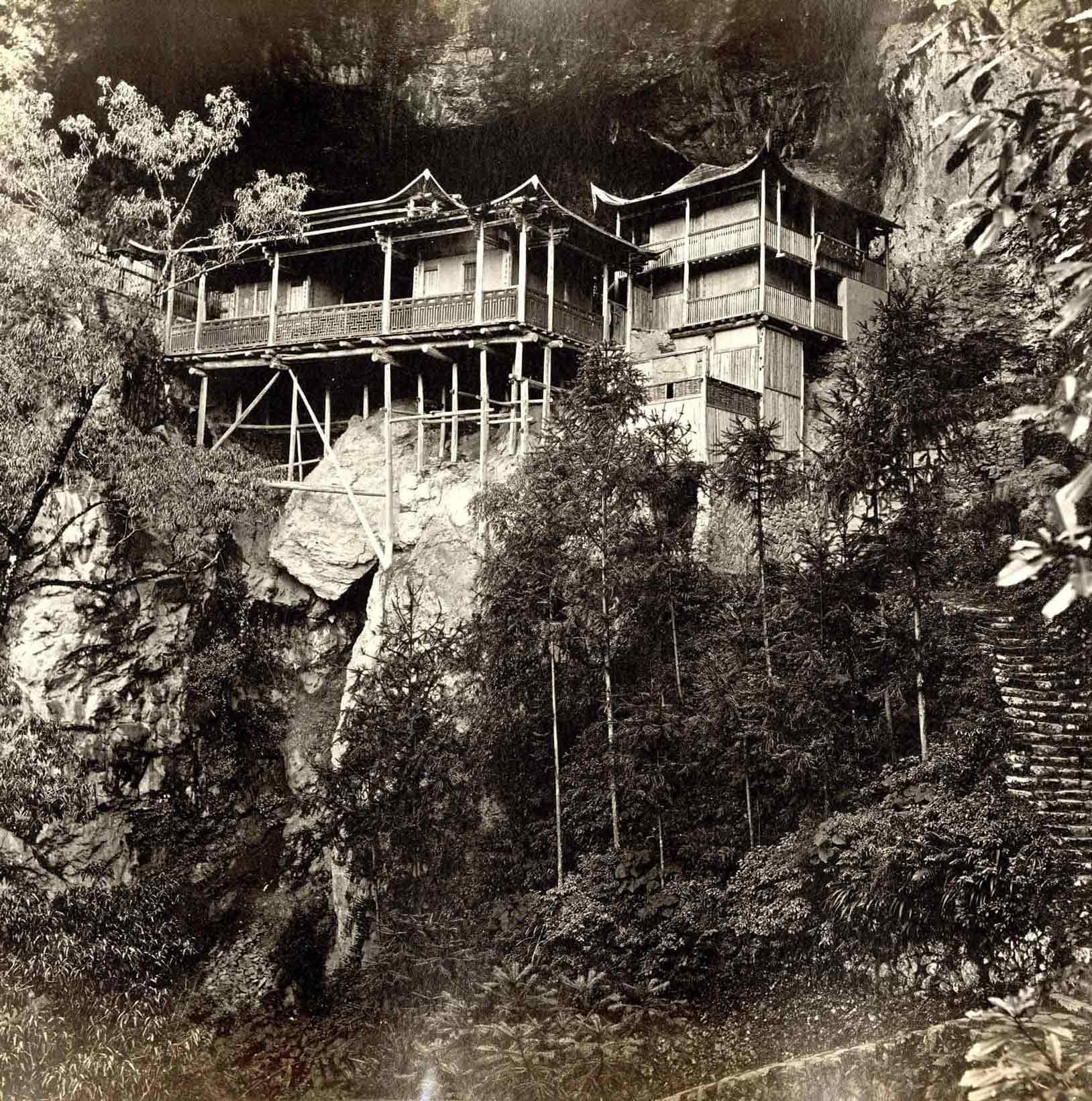
Lai Fong
1870s
Albumen silver print
21 x 29 cm
From the Loewentheil Collection
黎芳
1870年代
蛋白印相
21 x 29 厘米
洛文希尔收藏
The Loewentheil Collection contains the largest known collection of photographs attributed to 黎芳Lai Fong (ca.1839 -1890) and the Afong Studio, comprising over 500 photographs. Lai Fong is one of the giants of photography in China. He created thousands of views recording and preserving the rapidly shifting physical and cultural landscape of the late Qing dynasty. Lai Fong’s photographs comprise one of the most substantial bodies of visual information of nineteenth-century China. He travelled more extensively on photographic expeditions than any other Chinese photographer of his time. Expansive in both the range of views and the subjects he captured, and sensitive as an artist, Lai Fong created photographs that continue to resonate with viewers today after 150 years. Lai Fong’s negatives and prints demonstrate his aesthetic rigor, painstaking care, and technical proficiency in the field and in the darkroom. Within decades of the invention of photography, Lai Fong mastered the new art form and produced some of the most accomplished early photographs of China.

Detail from portrait of Lai Fong. ‘Painted by Companions Sheng Gang [Hong Kong]. Inscribed by Ming Chu.’ c. 1880s. Courtesy of the Hong Kong Mantra School for Lay Buddhists, Hong Kong.
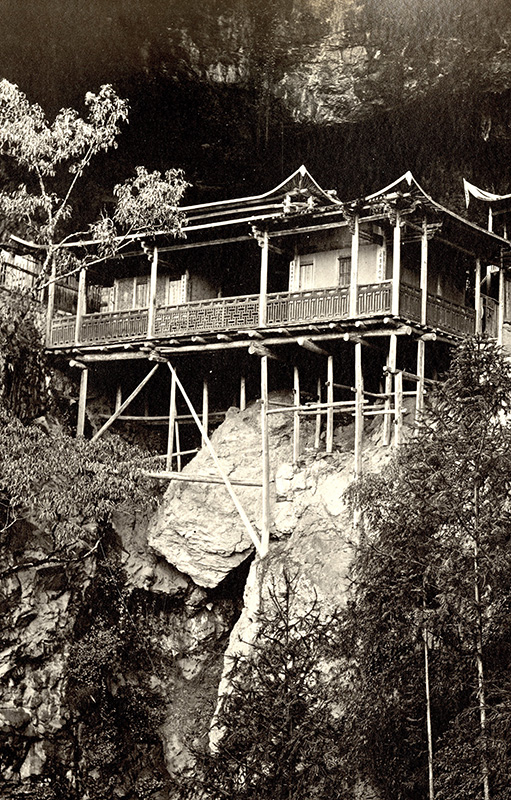
In 1869, Lai Fong travelled by boat to Fuzhou capturing some of the first photographs of the one of the most picturesque regions in China. In Yongtai, Lai Fong made the first known photograph of Fangguangyan Temple, a breathtaking ‘hanging temple’ known for its ingenious architecture. Artists from many dynasties travelled there leaving poems inscribed in stone along the trail. Lai Fong, recognizing the beauty of the temple and made the arduous trek up the mountain to create his photograph. This view is one of Lai Fong’s greatest artistic achievements and one of the monuments of Chinese photography.
Lai Fong overcame enormous obstacles to make this image. Fangguangyan Temple is perched over 300 meters up a rugged mountain. Lai Fong ascended carrying hazardous chemicals, a portable darkroom, and fragile panes of glass panes to be made into negatives. The complex wet plate collodion process required that the artist consider the precise weather and light conditions when making this view. Few photographs of the period convey the drama present in Lai Fong’s photograph of the temple. The large areas of deep rich darks contrasted with the bright whites are a technical triumph. Lai Fong’s photograph depicts the spectacle of the grand hanging temple as well as the dramatic spirit of the place.
The photographers Tung Hing Studio and John Thomson followed in Lai Fong’s footsteps and journeyed to Fangguangyan Temple. The albumin plates by Lai Fong preceded John Thomson’s use of collotypes and carbon prints to document this extraordinary view. However, neither Thomson nor any other nineteenth-century photographer surpassed Lai Fong’s masterpiece.
Views of and from the Fangguanyan Temple
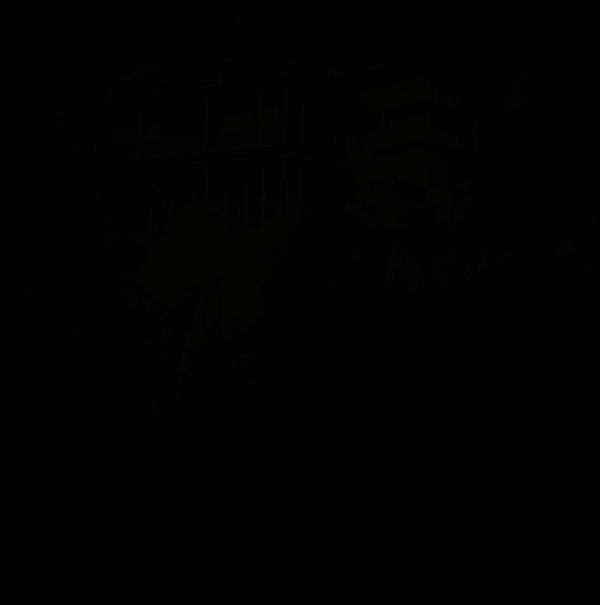
Recording the Temple’s Beauty
Fangguangyan Temple, also known as Southeast Hanging Temple, is located on a mountainside in Yongtai County, Fuzhou City, Fujian Province. Yongtai County, known for its stunning natural scenery and healing hot springs, has been visited by artists and scholars for hundreds of years. Lai Fong carried on this tradition when he brought the new technology of photography to the site to record its beauty.
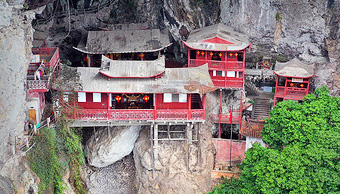
View of the Fangguangyan Temple
Stone tablets engraved by calligraphy masters from many dynasties appear along the steep pine tree lined path up to the temple.
The inscription along the path to the temple reads: 閩山福地 Auspicious Land in A Mountain in Fujian, 光緒己卯重九 On the day of the Double Ninth Festival in the jimao year during Guangxu’s reign.
The most famous attraction among the buildings at the temple is the Tianquan Pavilion. The pavilion, which juts out over the mountainside, offers a grand view of seemingly bottomless valley.

Calligraphic inscription in stone along the path to Fangguangyan Temple
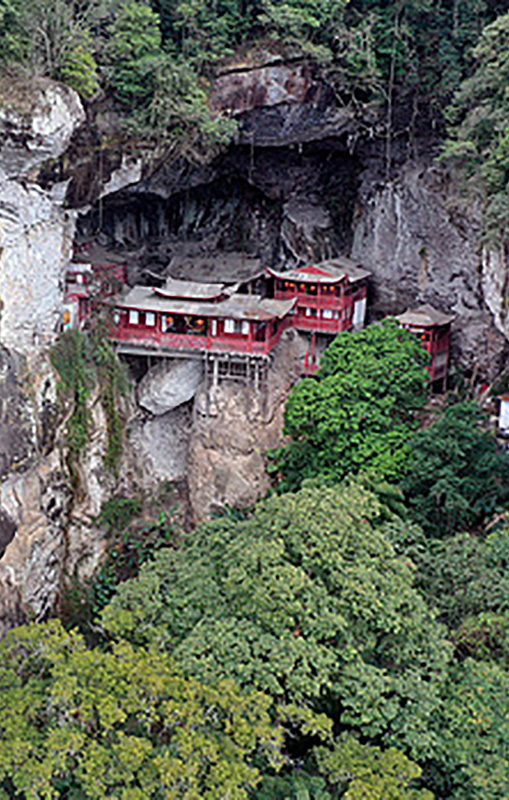
The Fangguangyan hanging temple was built during the Song Dynasty (960 -1279). It is said that a Buddhist scholar studying in a rock cave at Gu Mountain found the location and scenery reminiscent of an exceptionally beautiful, paradise, and had a temple constructed. The temple and monastery continued to expand over the following dynasties.
The temple, built of hundreds of wooden pillars, is situated halfway up the mountain at an elevation of more than 300 meters. For centuries it has been said that from a distance, the hanging temple seems like a place where immortals reside. The experience of ascending the steep trail up to the hanging temple is often described as a “difficult to climb into the sky.” At the entrance of the temple is Longwei Spring, with crystal clear water called ‘Dragon milk’ by locals.
Lai Fong was the first known photographer to record the beauty of Fangguangyan said to be “the first scenic spot in central Fujian.”
Moonlit Night
Du Fu
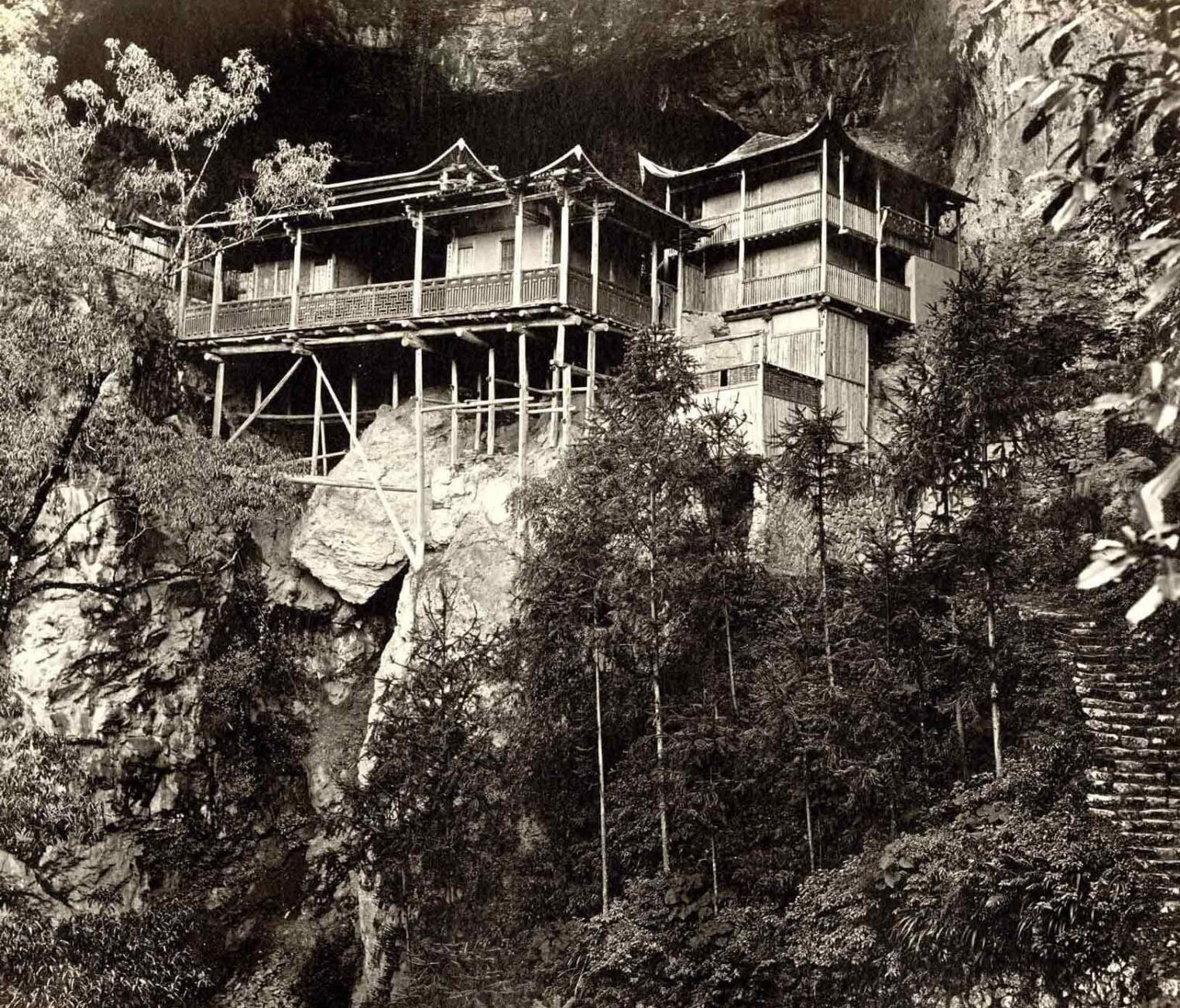
The moon shines in Fuzhou tonight,
In her chamber, she watches alone.
I pity my distant boy and girl –
They don't know why she thinks of Chang'an.
Her cloud-like hair is sweet with mist,
Her jade arms cold in the clear moonlight.
When shall we lean in the empty window,
Together in brightness, and tears dried up?
月夜
今夜鄜州月
闺中只独看
遥怜小儿女
未解忆长安
香雾云鬟湿
清辉玉臂寒
何时倚虚幌
双照泪痕干
For permissions and inquiries please contact:
446 Kent Avenue PH-A Brooklyn, NY 11249 USA